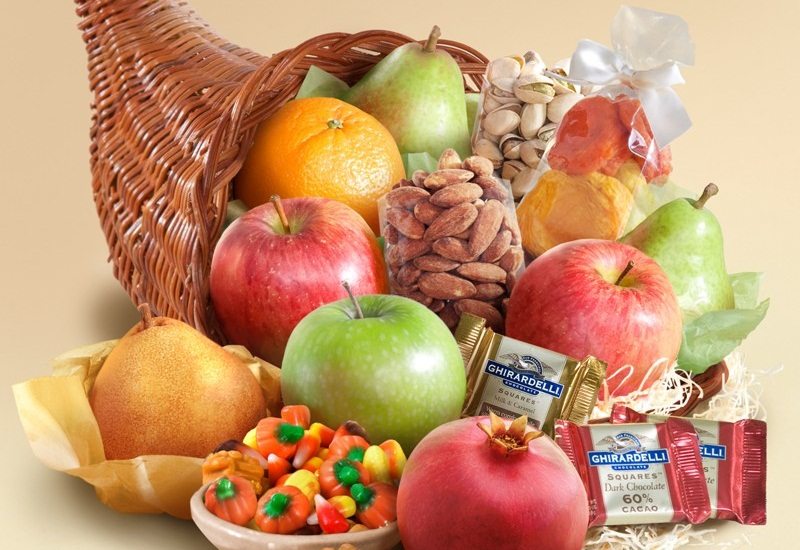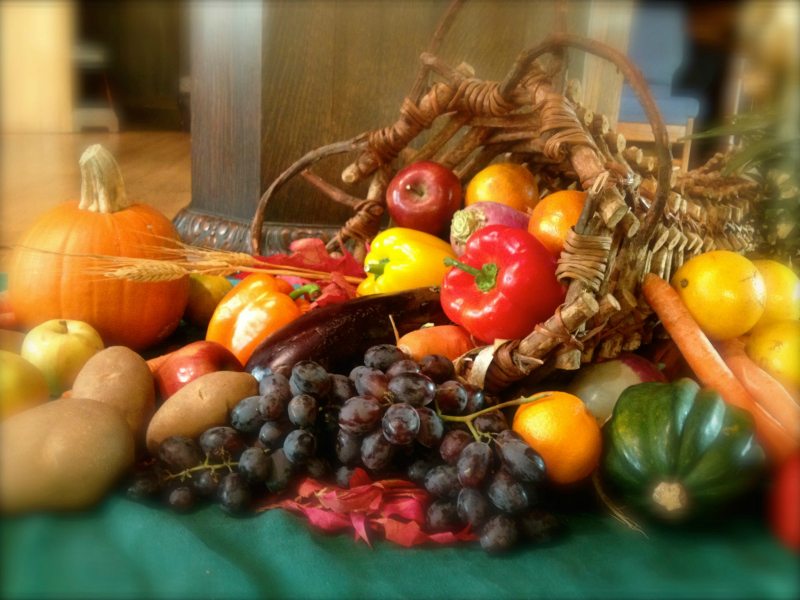
History of the Cornucopia
Much like the turkey, cornucopias are a staple at the Thanksgiving table. But, where did these horned vessels overflowing with goodies come from?
Cornucopias have a surprisingly rich history, going all the way back to 5th century BC. The mouthful of a name derives from two Latin words: “cornu,” meaning horn, and “copia,” meaning plenty. That’s why cornucopia and horn of plenty are often used interchangeably; we prefer cornucopia because it’s a lot more fun to say.
Originally, the cornucopia was made of a real goat’s horn and filled with fruits and grains and placed in the center of the table. So, what’s with the goat’s horn? Well, according to Greek legend, Zeus, the Father of Gods and men, had to be banished to a cave so his cannibal father didn’t eat him. While hiding out in the cave, a goat named Amalthea watched over Zeus. As she was nursing him, he accidentally pulled off her horn. Zeus promised that the horn would always bring her what she wanted and from then on, it represented endless bounty.

These days, we’ve moved away from the goat’s horn and the modern day cornucopia is typically made out of woven wicker. Often florists place fall colored flowers inside, but our favorite stuffing is, you guessed it, food. Our Thanksgiving table wouldn’t be complete without a bountiful cornucopia bursting with fresh fruit, crunchy nuts, and of course, a little chocolate.
Better yet, what about a cornucopia made from chocolate? Hmm?




Comments (4)
Alamo 15 triggers
February 18, 2024 at 6:09 pm
… [Trackback]
[…] Read More here to that Topic: berries.com/blog/history-of-the-cornucopia […]
สูตรสล็อต pg ใช้ได้จริง 2024
March 3, 2024 at 8:44 pm
… [Trackback]
[…] Find More Information here to that Topic: berries.com/blog/history-of-the-cornucopia […]
naga356
April 20, 2024 at 6:50 pm
… [Trackback]
[…] Find More to that Topic: berries.com/blog/history-of-the-cornucopia […]
บับเบิ้ล กันกระแทก
April 24, 2024 at 4:06 am
… [Trackback]
[…] Find More on that Topic: berries.com/blog/history-of-the-cornucopia […]